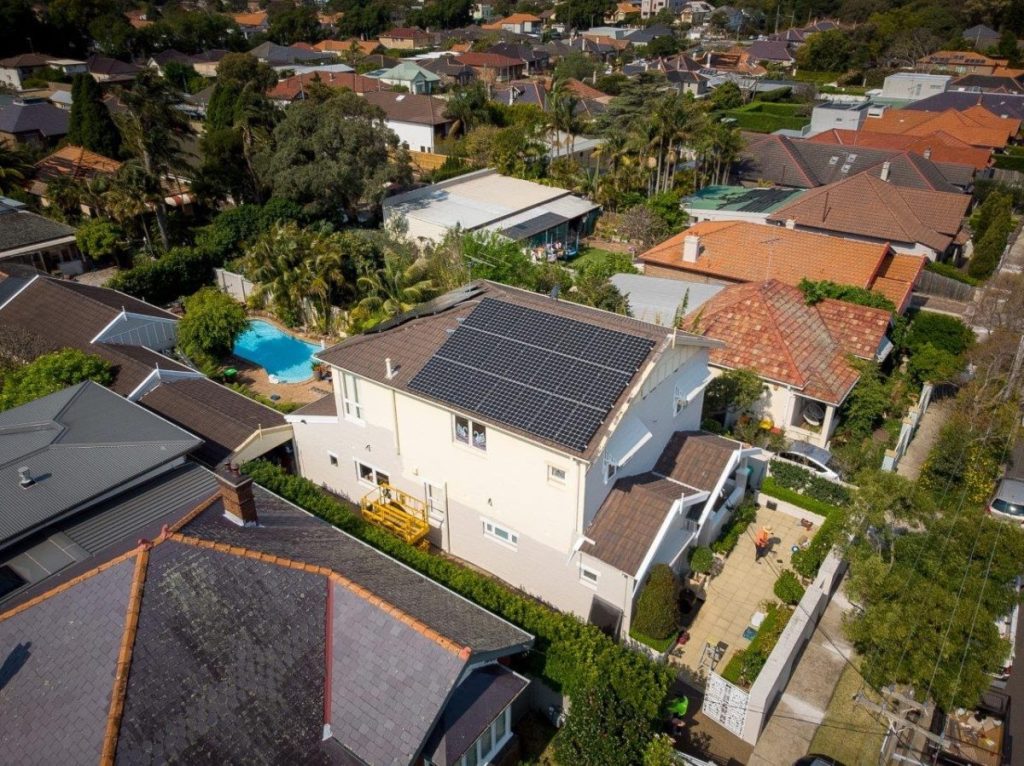
When you purchase a solar energy system for your home, it’s important to find an installer who provides accurate, honest quotes. A reliable estimate will help ensure that you’re paying a fair price and won’t be surprised by the final bill.
What to Expect
Competent, trustworthy contractors visit customers’ homes before they offer quotes. If an installer sends an estimate via phone or email without seeing your house, this amount may not reflect the actual price. Each home needs different solar and electrical equipment.
A contractor ought to examine your circuit breaker, roof and any obstructions before estimating the cost. It’s also crucial to evaluate a home’s power needs. For example, a dwelling with electric appliances will need larger photovoltaic panels than a house with gas equipment.
Detailed Quotes
Your installer shouldn’t just state a single amount. You ought to receive an estimate that lists the prices of specific items, such as the mounting hardware, DC-to-AC inverter and solar panels. If you desire a rechargeable backup battery, the quote should also list the cost of this equipment separately.
A detailed estimate will provide specific information about these products as well. For instance, it ought to list the model, wattage and quantity of photovoltaic panels. Look for the inverter’s output capacity; this equipment plays a crucial role in most systems.
Meter Upgrades
Your electricity retailer will be in charge of your meter. Ask if you’ll need to replace or upgrade your electrical meter. This step may add as little as $60 or as much as $300 to the total price. Your retailer will need the solar installer’s Certificate of Compliance (CCEW) and Permission to Connect (PTC) letter forwarded to the retailer. Energy Australia and Origin Energy has a smart meter form that needs to be completed and sent along with the PTC and CCEW. Older meters often cost more to upgrade. Queensland residents face a very small monthly fee rather than a larger one-time upgrade expense.
Installation Work
A quote should reveal how much money you’ll spend on installer labour. Workers must transport and set up the equipment before connecting it to your home’s electrical system. Labour costs may rise if they need to dig a trench for underground cables.
Warranty Coverage
Be sure to learn about the warranty that comes with a system. How long does it stay in effect, what does it cover, and is it provided by a trustworthy, well-established company? Panels from LG Electronics normally include 25-year guarantees.
Getting Money Back
A knowledgeable contractor should be able to estimate feed-in tariffs and rebates. These credits could help you recover the cost of your equipment. The Small-Scale Technology Certificate supplies larger rebates for more powerful systems. Feed-in tariffs compensate you for excess power that your panels add to the electrical grid.
Ask the installer about a system’s payback period. This is the approximate number of years it will take for you to recover your investment through electricity savings, rebates and tariffs. Keep in mind that unpredictable weather and economic conditions can shorten or lengthen this period.
Installation Time
In addition to estimating the cost and future savings, an installer ought to tell you when the work would begin and how long it will take to complete. The number of days may vary depending on how many people the company employs and the level of demand for its services.
To sum it up, you can benefit from finding a solar contractor who takes the time to inspect your home and provide you with comprehensive information on every major aspect of an installation project.
If you are interested in installing solar on your Sydney home, contact Soltek Energy to get a quote.
